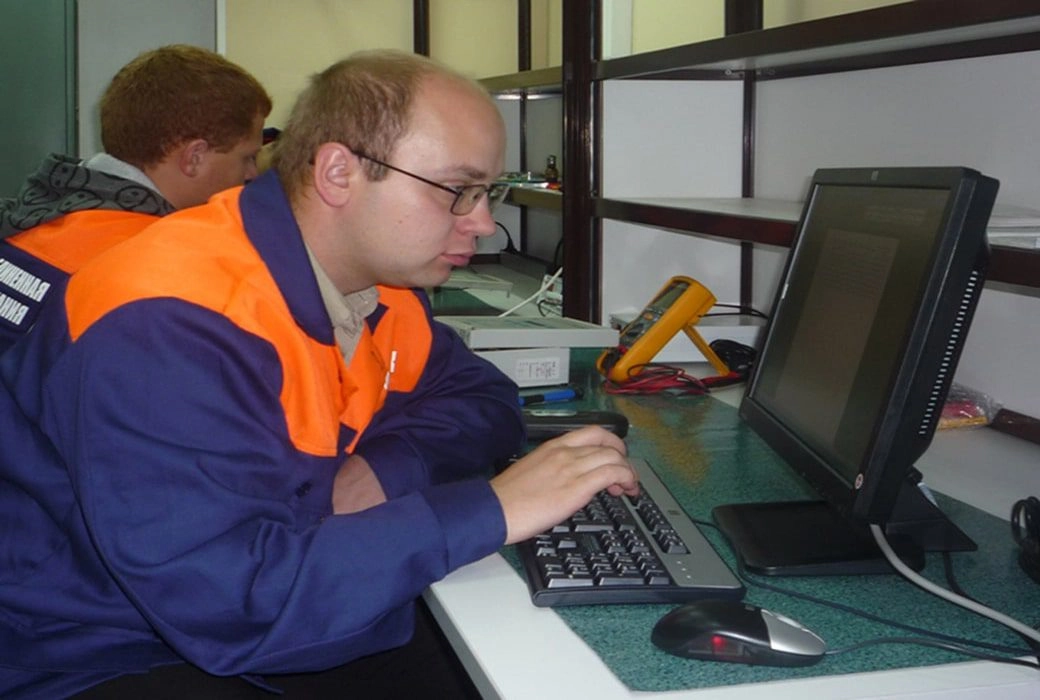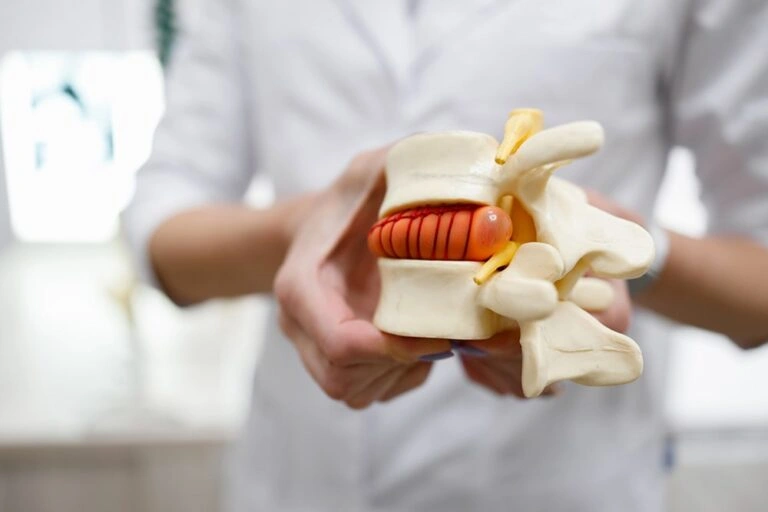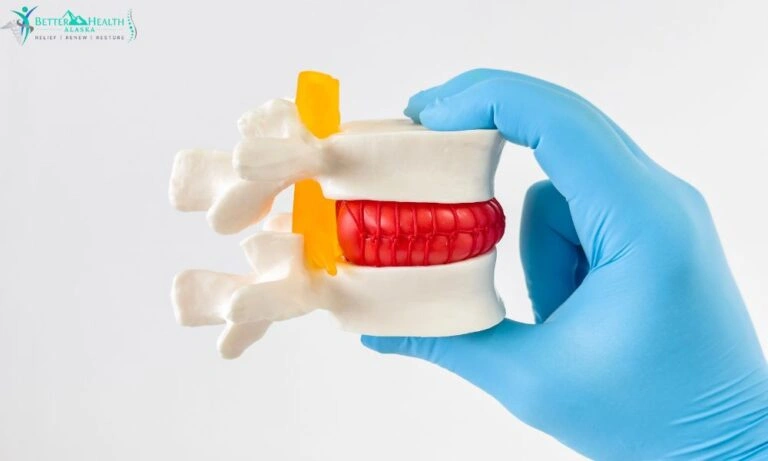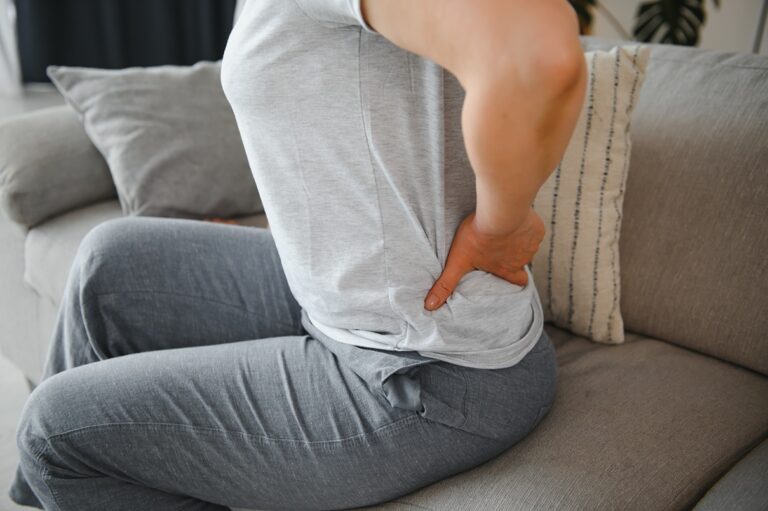Chances are that if you are 25 or older, you probably have bad posture. Most people pay no attention to posture until they develop problems.
Posture really doesn’t seem all that important to most of us. Your mother nagged you about it, but that was just for looks, right? Seriously, who cares?
Nope, sorry folks, mom was 100% right and who cares? You will sooner or later.
What Are the Effects of Bad Posture?
Poor posture effects lend themselves to a host of painful problems that will torment you once they get started. It’s far easier to correct your posture now than it is to try to correct it when you are in pain.
First, let’s start off by looking at good posture.
A Look at Proper Posture
When you are standing, you should be able to recognize the following 5 signs of correct posture:
- Your head is in a neutral position, not jutting forward.
- Your ear should line up with the middle of the shoulder
- Both upper and lower back are in a neutral position
- The middle of your hip should line up with the middle of the shoulder and the middle of the knee
- The middle of the ankle should line up with the middle of the knee
When sitting, you should see the following 5 signs:
- Head should be neutral. Eyes should be straight ahead.
- The ears should line up with the middle of the shoulder
- Your shoulder should be in the middle of the socket, not forward
- The upper and lower back should be in a neutral position
- Your weight should sit evenly between the hips and both feet (which should be on the floor)
Look at yourself in the mirror or have someone take a picture to help you see what your posture is in reality compared to how it should look.
7 Signs of Having a Bad Posture
If you have bad posture, you will most likely be feeling or seeing one of the following 7 signs, which are all bad posture symptoms.
Sign #1 – Your Neck Hurts

If you take a look around the office, you will see a great deal of what is known as head forward or head jutting. The head is pushed forward and is not in line with the shoulders. This means that your neck has to assume a compromised position, so you can see what you are trying to look at.
This head forward position puts a great deal of strain on your neck muscles. It is not uncommon to have neck pain, especially later in the afternoons and in the evenings.
If you aren’t sure whether you are the head jutting type, try touching your chin to your chest. If you can’t or if it hurts in the upper back to try, you definitely have some head jutting going on.
Sign #2 – Your Shoulders Hurt in Front
If you put your hands on your shoulders, then you know the area we are talking about. When we sit for long periods, you relax a lot of muscles that would normally be used if you were doing other projects. One of these sets of muscles is your upper back.
Chances are that you slouch with a rounded upper back and shoulders for at least several hours each day. The more time your body remains in any one position, the more it will begin to “get stuck” in that position.
This tends to cause pain in the upper, front part of your shoulders, where your hands are touching. You will really notice this pain when you try to bring your arm overhead or when you are trying to do exercises such as pushups or pullups.
Sign #3 – You Get Headaches Regularly

This is another sign that you have poor posture. Frequent headaches also come from the #1 sign listed above, the head jut or head forward position.
Of course, headaches can come from a variety of causes including stress, tension, dehydration, and other sources. If you sit for hours at a time in front of a computer, chances are that you have poor posture that is causing your headaches.
Sign #4 – Your Lower Back or Tailbone Aches/Hurts
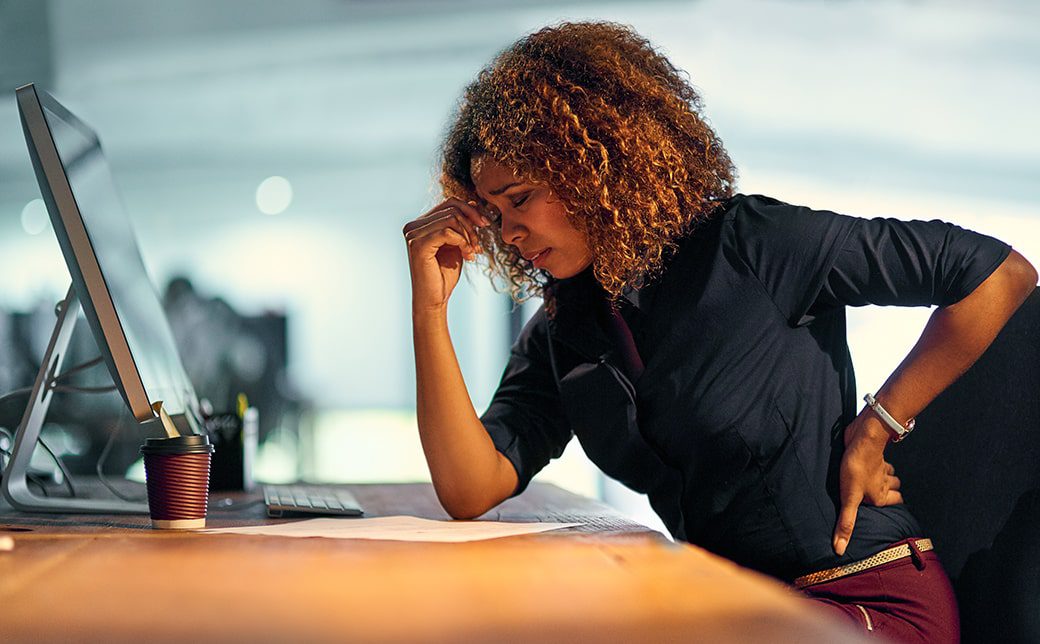
Low back pain is extremely common and can have dozens of root causes, poor posture being one of them. Poor posture back pain is one common cause.
For those under 40, however, one of the more common causes of low back pain is poor posture while sitting or standing and a lack of stretching and/or exercise.
When you sit for long periods of time, the muscles that bring your thighs towards your chest, the hip flexors, are consistently being flexed, with no relief. This can cause the hip flexors to become shorter and tighter, which pulls the pelvis out towards the front of the body, creating a pronounced spinal curve.
Sign #5 – Your Shoulder Blades are Killing You
This is a confusing one to many people because the problem isn’t actually located where you feel the pain.
If you are feeling pain in between the shoulder blades or if it feels so tight that you think there is a metal bar stuck between your shoulders that will not move, your problem is related to the #2 sign of rounded shoulders, but the problem actually lies in your chest.
When you are sitting and typing on a computer, your shoulders are pushed slightly out in front of you and your chest is slightly concave. This causes your chest muscles to become shorter and tighter. These shortened muscles are pulling across your shoulders, causing you this intense pain.
To correct this, you need to improve your posture and do chest stretching exercises to relieve this type of pain.
Sign #6 – Your Upper Back is Stiff and Sore
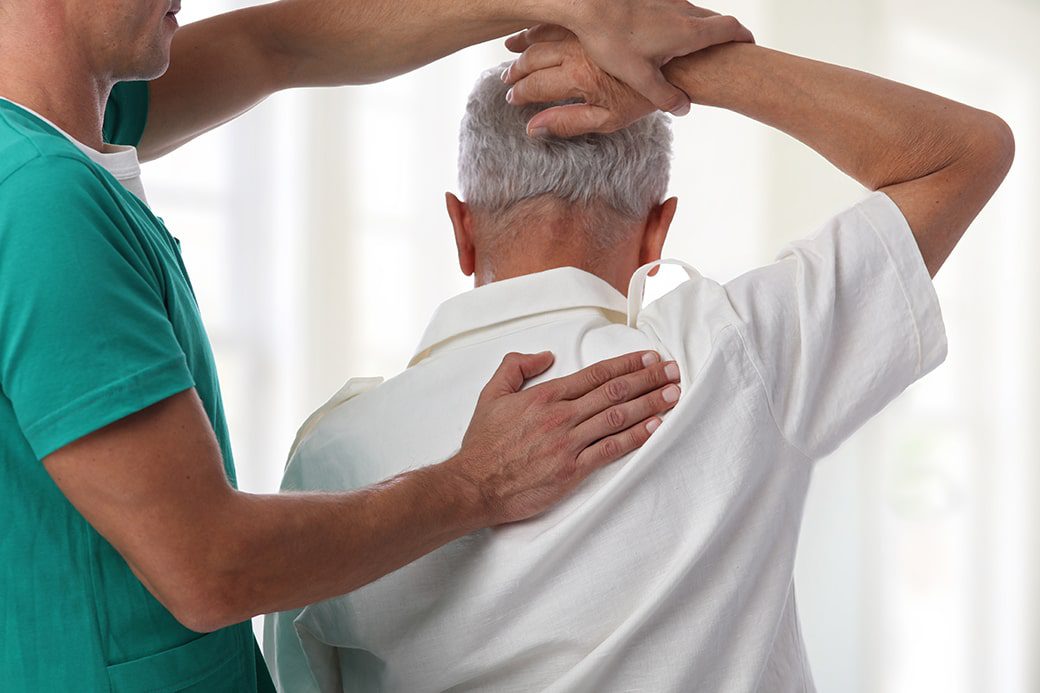
When you are hunched over a keyboard, whether it is a laptop, desktop, or even your cell phone, like signs #2 and #5, this hunching over causes a tight chest and a stiff upper back that can become so sore, you think you worked in the yard all weekend!
Learning proper posture and performing stretches and exercises can help fix this common problem, but sometimes you will need the help of a qualified chiropractor to help loosen up those tight muscles since they can become so painful, you can barely move, let along exercise!
Sign #7 – Your Butt or Stomach Sticks Out
When you look at your profile, does your butt and/or stomach stick out? Unless this is a look you like, chances are that you have what is called “Donald Duck” posture.
This problem can come from excessive wearing of high heels, carrying extra weight in the stomach area and sometimes even from pregnancy. Other times, this occurs because people stand with their knees locked, which causes their booty and/or belly to stick out in an unflattering way.
How Can I Correct My Posture?
There are several ways to do this. You can start by using a mirror and looking at the steps listed at the beginning of this article.
One of the main problems with correcting posture is keeping it that way! Most people go right back to slouching or head jutting within minutes.
There are some devices on the market designed to help correct some poor posture habits, such as a “brace” that detects when you are slouching and vibrates so you will return to the proper position. Some devices are built into a bra that is designed to keep your upper back straight.
There are plenty of bad posture exercises you can perform, along with stretching programs, but you need to be certain that you are doing them correctly. You also need to be out of pain in order to perform most of them.
The Best Way to Correct Your Posture
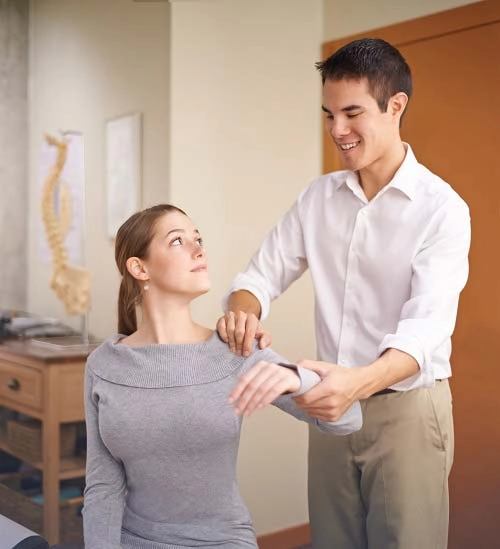
The most effective and easiest way to correct years of bad posture is to see your chiropractor. The doctor will do a complete diagnosis and inspect your posture when sitting, standing, walking, and running. They will be able to show you what correct posture should be and how you can achieve it.
If you are in pain because of poor posture, the chiropractor will take steps to correct any subluxations and make up a treatment plan, so your body can heal first. Some treatments your chiropractor might suggest include:
- Chiropractic massage
- Infrared
- Ultrasound
- TENS device
- Heat therapy
After your body has healed and is moving more freely, the doctor will offer you advice regarding exercises and stretching programs that you can do at home to improve your posture.
Studies have found that chiropractic adjustments help to stop the pain that comes from poor posture.
Rather than guess at what your correct posture might be, wouldn’t it be great to have a qualified professional show you how it’s done and help you find a way to achieve the perfect posture?!

We hope you found this article helpful. If you did, please feel free to pass this on to others who might benefit from the information.
At Better Health Chiropractic and Physical Rehab, our staff also spends many hours sitting, so we understand your pain. Call us for a same day appointment and one of our highly trained chiropractors will be happy to determine if you are suffering from back or neck pain due to poor posture or some other cause. You can also make an appointment online by clicking here.
We have 4 locations to serve you and we are open late for your convenience. Many people think that they simply have to live with back, neck, or shoulder pain, but this isn’t true. Check out the numerous testimonials on our site and other review sites, like Yelp, and find out how we have helped others just like you find pain relief.


